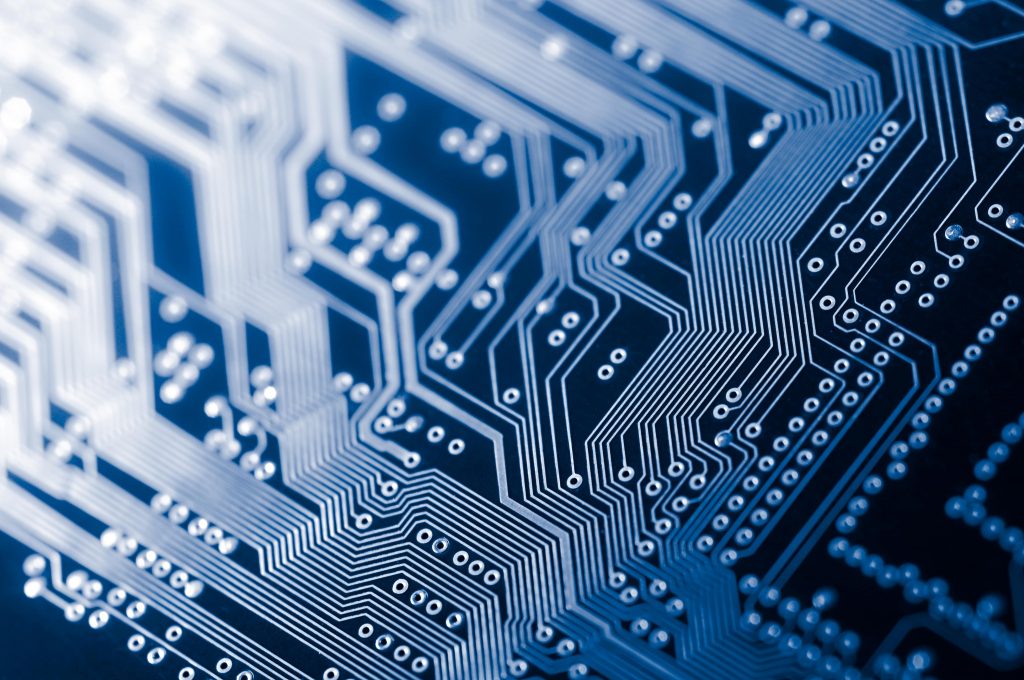PCBs for Safety Critical Applications
Alarm and safety solutions are advancing into a new era of sophistication, with a strong focus on extended lifecycle and unwavering dependability. As AI and video-based detection technologies introduce new complexities, we see these challenges as opportunities for innovation.
Below, these applications are geared toward enhancing safety, reliability, and the overall effectiveness of alarm and safety systems, ensuring a brighter and more secure future.
Alarm and safety solutions are becoming increasingly sophisticated, based on a long lifecycle and dependability. AI and video-based detection brings new challenges to solve. Please see below for a selection of applications we serve.
- Alarm Systems: PCBs for intrusion, contactless, video or IR alarm systems. Demands are typically low power consumption, size constraints and a long service life.
- Multi-Layer | HDI | Rigid-Flex
- Carbon Monoxide Detection: PCBs for Carbon Monoxide detectors. Demands are high reliability and size constraints.
- Emergency Communication Systems: PCBs for elevator emergency communication and lighting equipment. Demands are typically (thin) board thicknesses and high performance white soldermask to increase light efficiencies.
- Fire Detection: PCBs for fire detection systems for schools, manufacturing plants and airplanes including sensors, control units, sirens or communication/alarm distribution. Demands are typically high temperature, shock resistance and good soldermask coverage.
- Fire Protection Systems: PCBs for fire alarm control panels and systems. Demands are high reliability with a particular focus on good soldermask coverage.
- Gas Detection: PCBs for gas detection: threshold sensitive vapor sensors, control units, siren command central and communication/alarm distribution. Demands are typically low power consumption, size constraints, complex design and a long service life. For combustible gases, EX/ATEX-classification applies.
- Multi-Layer | HDI | Rigid-Flex
- Traffic Incident Detection Systems: PCBs for smart highway, tunnel and bridge monitoring and information systems. Demands are typically service life, high frequency and hybrid stack-ups.
We are an ISO 9001:2015 certified PCB supplier that can support your most intricate safety critical circuit board designs.


Considerations for Safety Critical PCB Applications
Printed circuit boards (PCBs) play a pivotal role in the safety-critical industry, where reliability and performance are paramount for ensuring the safety of personnel and equipment. In sectors such as aerospace, defense, automotive, medical devices, and nuclear power, PCBs are integral components of critical systems that demand flawless operation under stringent conditions. These boards facilitate the intricate electrical connections necessary for the functioning of safety-critical equipment and systems, ranging from avionics and flight control systems in aircraft to medical monitoring devices and control systems in nuclear reactors.
The design and manufacture of PCBs for safety-critical applications adhere to rigorous standards and regulations to mitigate the risk of failure. Robust designs, stringent quality control measures, and the use of high-grade materials are essential to ensure the reliability and durability of PCBs in these environments. Additionally, PCBs for safety-critical applications often incorporate redundancy and fail-safe mechanisms to minimize the likelihood of system failures and enhance overall reliability.
Thermal management is another crucial aspect of PCB design in safety-critical industries, as many applications operate in harsh environments with extreme temperatures. Effective heat dissipation techniques, such as the use of thermal vias, heat sinks, and advanced cooling systems, help maintain optimal operating temperatures and prevent overheating, which can lead to component degradation or failure.
PCBs in safety-critical systems often undergo rigorous testing and validation processes to ensure compliance with industry standards and regulations. Extensive testing for factors such as reliability, durability, electromagnetic compatibility (EMC), and environmental resilience is conducted to identify and mitigate potential failure modes and ensure the highest level of safety and performance.
Contact us for a free quick quote!

Exploring Ceramic PCB Technology
Discover the advantages of ceramic PCBs offered by Millennium Circuits Limited. Ceramic boards present a compelling alternative to traditional PCBs, boasting superior thermal conductivity and a low coefficient of thermal expansion (CTE) for enhanced performance in electronic circuits.
Ceramic PCBs are renowned for their versatility, seamlessly replacing conventional PCBs with simpler designs while delivering heightened performance. They find application across various products, including:
- High-power circuits
- Chip-on-board modules
- Proximity sensors
Advantages of Ceramic PCBS
In addition to their exceptional thermal properties and low CTE, ceramic PCBs offer a range of benefits:
- High-Temperature Operation: Capable of safely operating in temperatures up to 800 degrees Celsius, making them ideal for demanding environments.
- High-Density Circuit Tracing: Simplified implementation of high-density circuitry, enabling efficient use of space and resources.
- Exceptional High-Frequency Performance: Ensures reliable performance in applications requiring high-frequency signals.
- Versatile Packaging Options: Available in hermetic packages to prevent water absorption, enhancing durability and reliability.
- Chemical Erosion Resistance: Withstands tough chemical environments, ensuring long-term reliability in harsh conditions.
Moreover, ceramic PCBs contribute to lower overall system costs, particularly advantageous for dense packages due to parallel processing of layers.
Experience the cutting-edge technology and cost-effective solutions of ceramic PCBs with Millennium Circuits Limited today.


